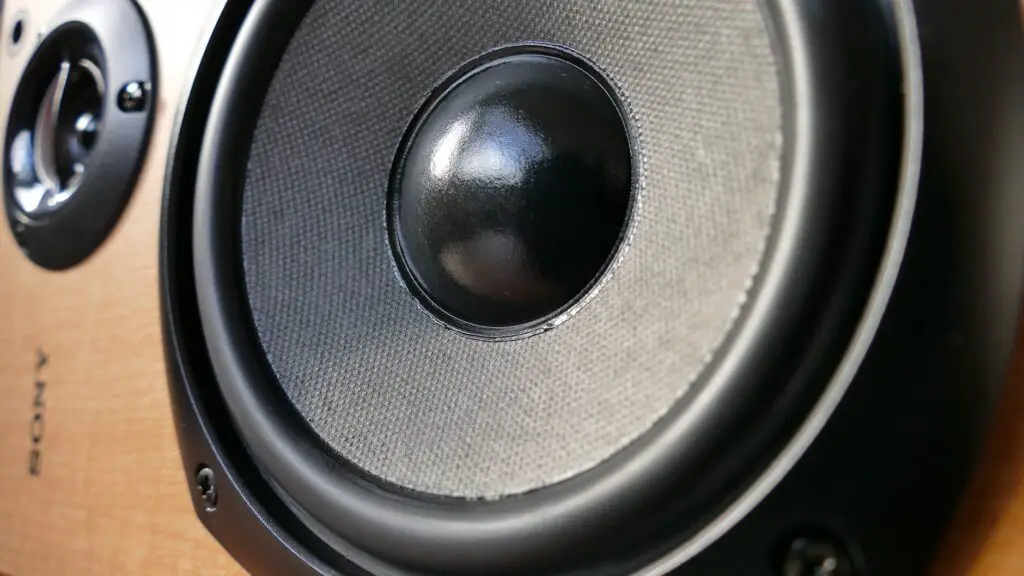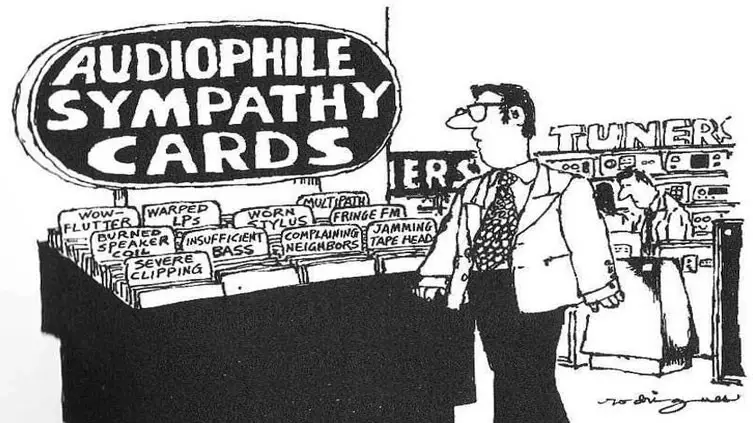
Are we seeing a new generation of audiophiles? That may be a result of the vinyl boom.
[This was my weekly column for GlobalNews.ca. – AC]
If you’re of a certain vintage, you probably spent a huge chunk of your disposable income on stereo gear. Back in the 1970s, ’80s, and early ’90s, everyone was looking to own the highest-quality sound systems they could buy for both the home and the car. The goal was to have the loudest, clearest, most accurate sound reproduction possible in order to squeeze every last bit of enjoyment from those vinyl records and CDs.
Shops selling stereo gear were everywhere. A cheap way to spend an afternoon was to jump from store to store auditioning your favourite albums on gear you read about in magazines like Stereo Review, Hi-Fi, and Audio that you couldn’t possibly afford. And of course, no trip to the mall was complete without dropping in to check out the more modestly priced stereo equipment at Radio Shack.
But then came the digital music revolution of the late ’90s. There had been previous downturns, but this was different.
The convenience of MP3s and other digital codecs was impossible to ignore. Compact discs had already pushed vinyl to the margins and late Gen Xers and early members of Gen Y soon moved en masse to file-sharing, iTunes, iPods, and eventually smartphones. Buying digital players and headphones became the priority, not standalone stereo systems.
That could be changing. Keep reading.




Analógico sound Is”continuos,for example Only a dónde wave.Is all puré,continuos.athe same signal digital may be proccesed AND the next step reconverted again un a sine wave.this proccesed demanda ultra high speed to the D/A conversors (pico or nanoseconds)..the highest speed conversor Will give the better sound.Obviously the circuit AND the quality of the components.Capacitors may be Made With polipropilene or
iPolycarbonate where the signal flows.
Analógico sound For example turntsbles the mm cartridge has bad responde in low frequency AND excs essive ok high frequency..Here may use the RIAA curves that may correct this issues.Thr phono preamplifiers are prepares to compensaré the issue(boost low frequency AND slowly eje the frequency Is More the circuit attenuator this until the result Is a virtually a “flat”curve
I never left.
I have always played vinyls since from the 1970’s. Last a damn sight longer than tapes ever did and the clue is there for all to see, for what the future would bring.
I still have Betamax refurbished it myself.
I have separates stacked and a Dolby Atmos 7.2.2 from Cambridge Soundworks, it was a prototype from a computer fayre.
Today’s media is garbled nonsense mumbling under their breath.
My record collection is crisp clear and better than any MP3.
I am in my sixth decade and have witnessed some really awful technological breakthroughs.
Playing my music through my oppo blue ray play/ emotiva amp/ marantz receiver gives my music a warm clear and crispy sound than any streaming service out there. I still believe that vinyl/ CD is the best way to play music.